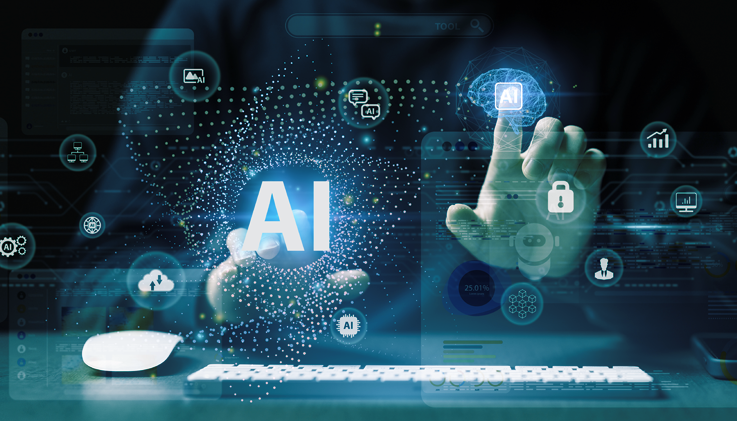AI Customer Service Trends that Business Owners Should Know in 2025
Remember when calling customer service meant waiting on hold forever while listening to elevator music that somehow made the whole experience way worse?
Well, those days are long gone. Customer service is evolving at lightning speed, and this year will see some of the biggest changes yet.
An FAQ chatbot answering basic questions? That’s old news! Now, businesses are shifting toward all-in-one hyper-personalization, AI experiences, and a smart balance between AI and human empathy.
These days, customers don’t want quick solutions; they demand intelligent assistance that can almost read their minds before they even ask a question.
The stakes? Higher than ever. In a world where instant solutions and frictionless experiences have become the norm, falling behind means losing customers to competitors who know what’s up and get it right.
So you might ask: how do I stay ahead? The answer is simple; you need to understand these game-changing AI customer service trends.
Now let’s look at the biggest shifts that are coming this year and how they will change customer interactions.
AI-powered Customer Service
AI in customer service is leveling up. Platforms like Cue are now resolving up to 85% of routine inquiries instantly, which is eliminating wait times and ensuring flawless 24/7 communication.
But AI isn’t just answering queries. It handles order tracking, refunds, and appointment scheduling. It also analyzes real-time sentiments to detect frustration and hand over such cases to human agents.
Generative AI is also changing how customers find products. Jen Jones, CMO at Commerce Tools, points out that Amazon now controls 37.6% of e-commerce sales, as consumers shift from traditional search engines to marketplaces and platforms for personalized recommendations.
That’s right, AI is reshaping query searching and discovery. So, businesses must adapt or just risk being left behind.
Advanced Personalisation
What if you walk into your favorite store and the salesperson already knows your style, size, and favorite colors? That’s what AI-enabled personalization has begun doing for customer service over the last few years.
Instead of just using your name, companies are now analyzing your preferences and behavior to offer hyper-personalized experiences.
Tara DeZao from Pega predicts that brands will finally move away from third-party cookies and focus on first-party data because it’s the only way to truly understand customer needs. McKinsey reports that 71% of consumers expect personalized interactions and get frustrated when it doesn’t.
Other than that, Snipp expects that businesses are shifting to zero-party data. It means that businesses will continue to collect vast amounts of data from customers to create campaigns that will foster direct relationships with them. In doing so, customers will voluntarily share their preferences for hyper-personalized experiences.
Balance of AI and Human Empathy
AI is fast, but let’s be real; nobody wants a chatbot when they’re dealing with a major problem. A study found that 90% of customers prefer talking to a human to a bot, and it’s no surprise.
When your internet is down or your order is messed up, a robotic “we’re working on it” just won’t cut it. You want someone who gets your frustration and actually helps—a human.
That’s why this year is all about a hybrid AI and human teamwork. AI will handle quick questions, like tracking orders or resetting passwords. At the same time, human agents focus on complex, emotionally charged issues.
And if AI senses frustration? It instantly gives charge to a real person who can step in and soothe the customer.
Take Optimum as an example. It uses AI chatbots for immediate support, making sure that users get real quick answers. But, for major issues, they rely on human agents.
For instance, Optimum servicio al cliente is specifically designed to deal with Hispanic customers. The representatives are fluent in Spanish and cater to the Spanish speakers effectively.
Continuous Employee Training
Great customer service doesn’t just happen. It’s built through continuous training. In 2025, companies are focusing on AI and soft skills training to create customer experience champions.
Around 62% of digital organizations are increasing investments in AI education, ensuring employees know how to use it responsibly and effectively (Quantum Metric, CEO).
Why? Because AI needs skilled human guidance. As Mario Ciabarra, CEO of Quantum Metric explains, GenAI gives different answers to the same input. That’s why training in AI tools and problem-solving is necessary to meet the customer service goals of 2025.
Key Takeaways
Customer service in coming years is all about balance. AI for speed, humans for empathy, and rock-solid security to earn trust. Companies investing in hybrid support, data protection, and continuous training are the only ones keeping up and winning customer hearts. The future? Smarter tech and service that actually feels…well, human!








